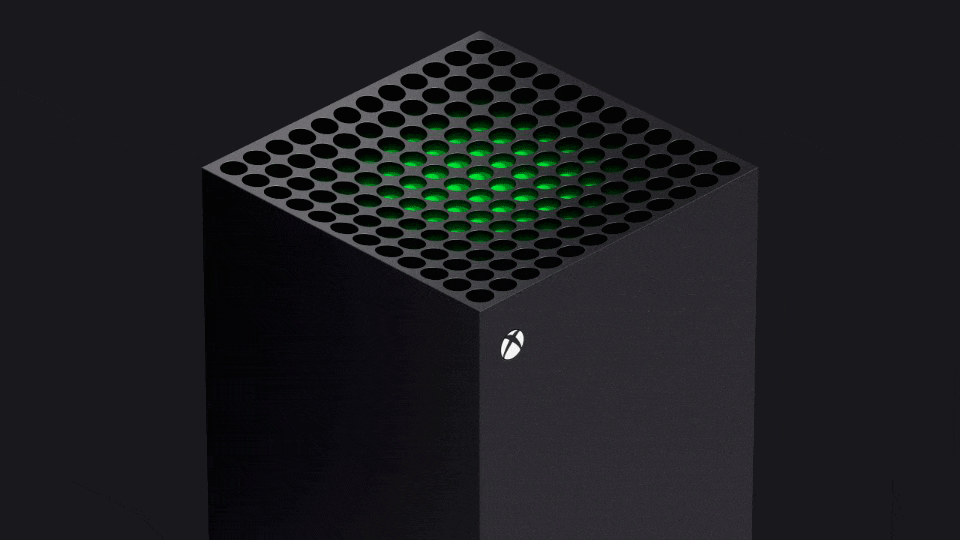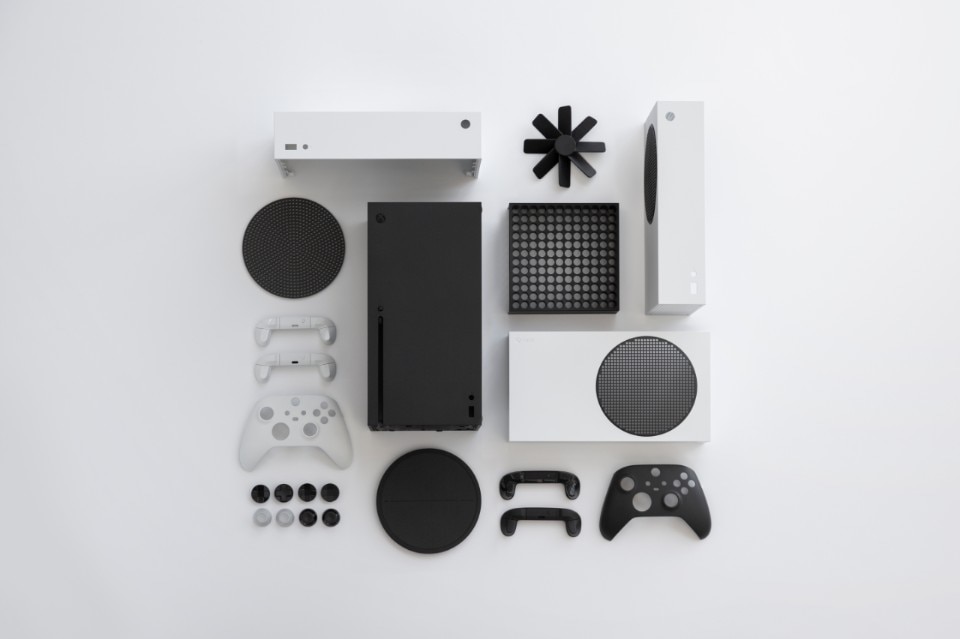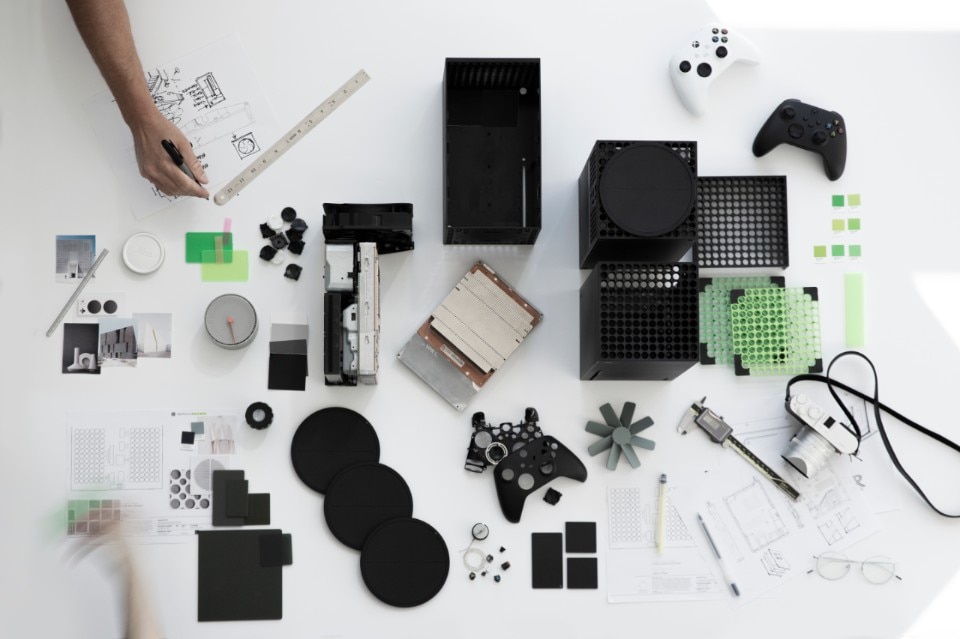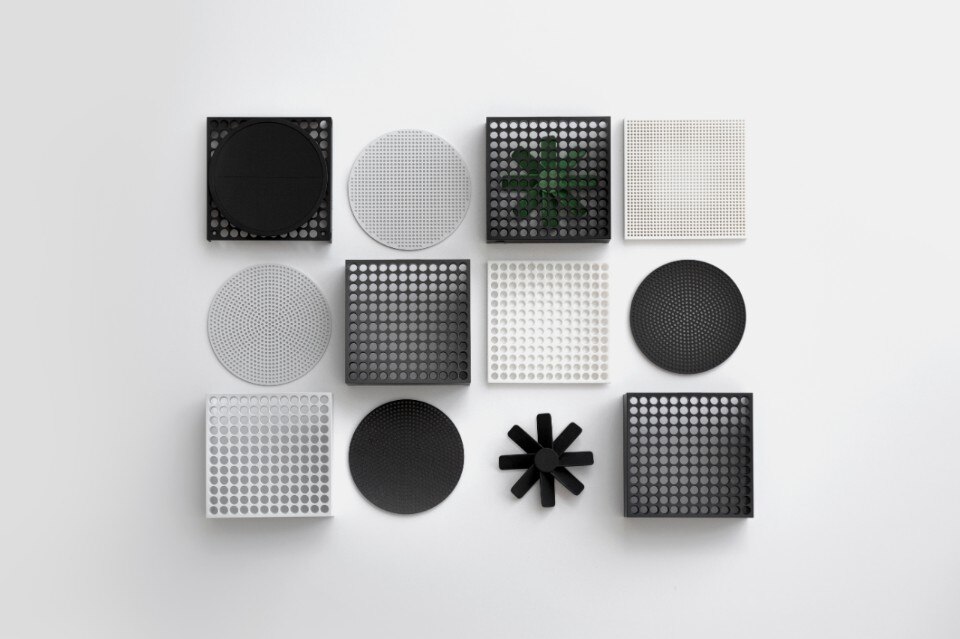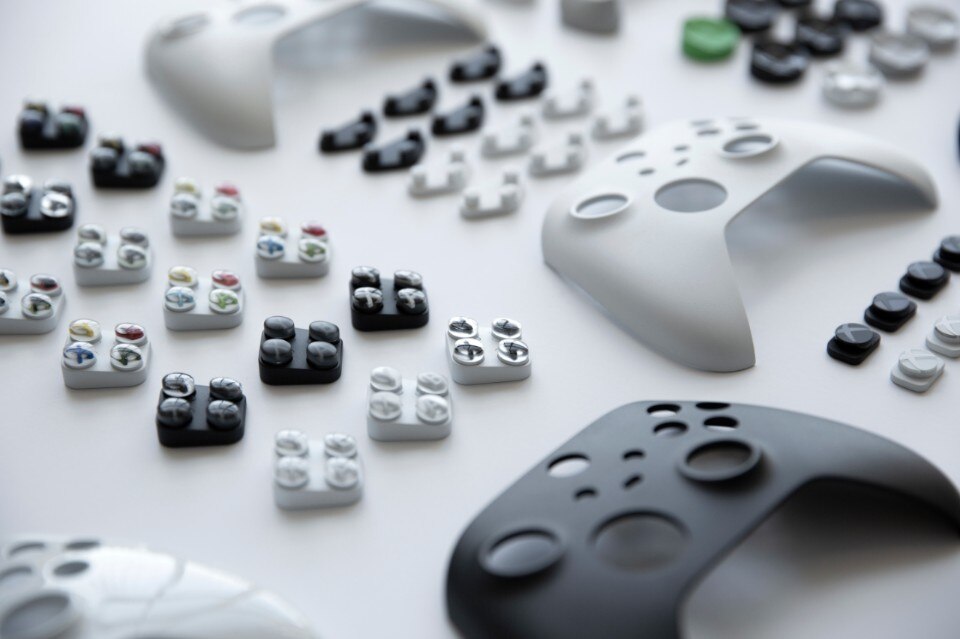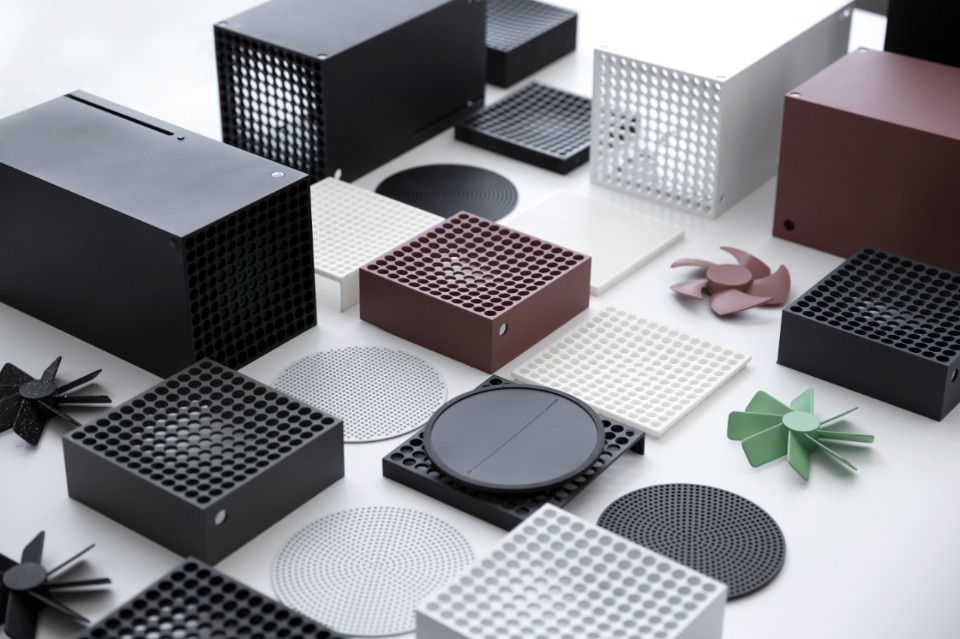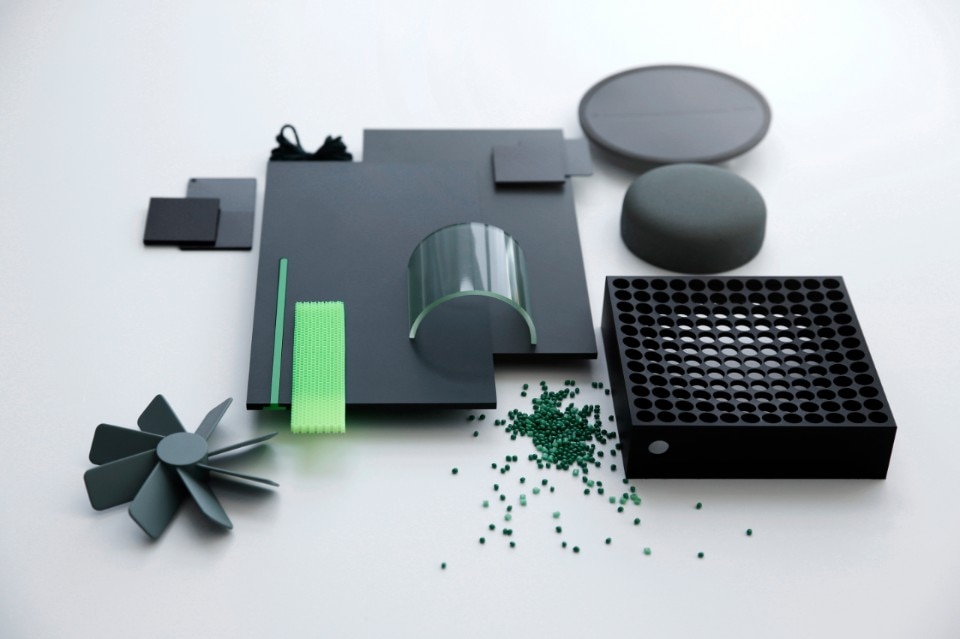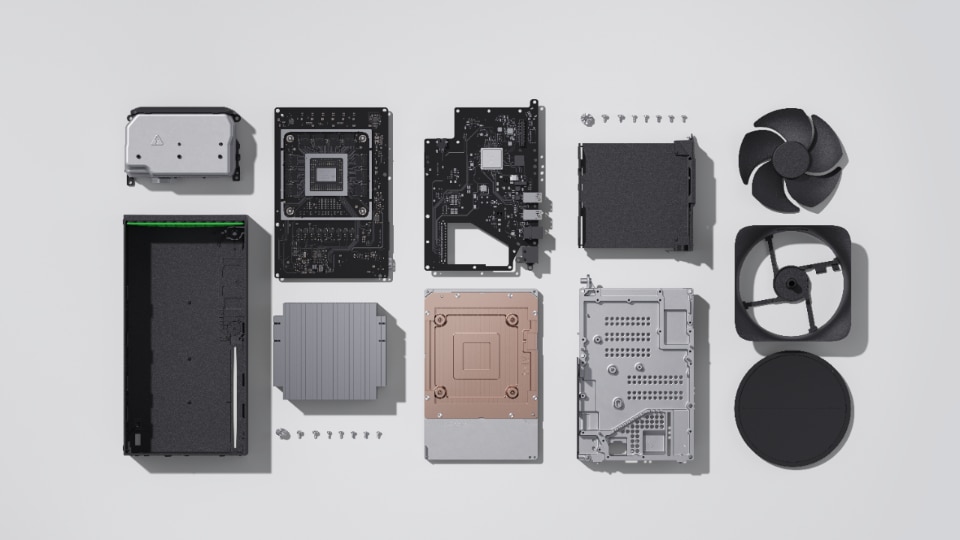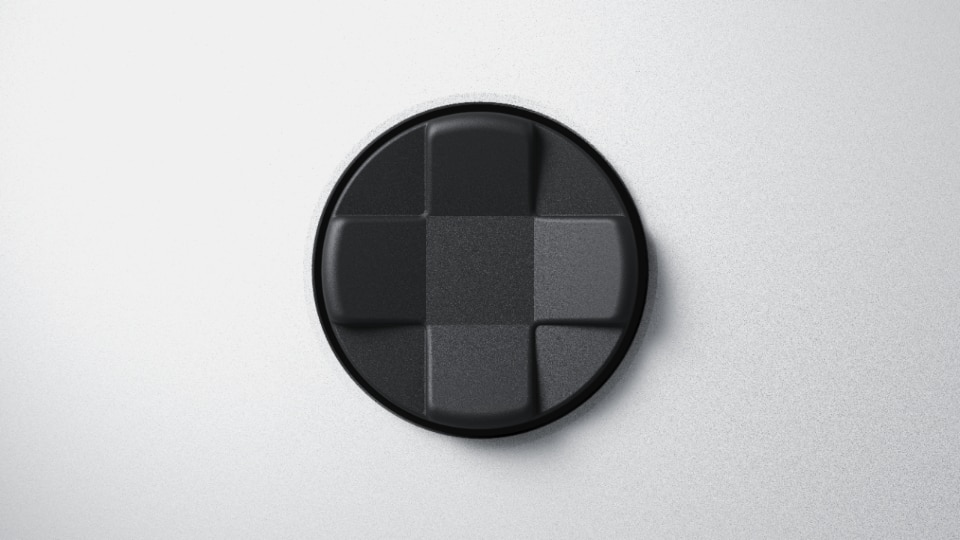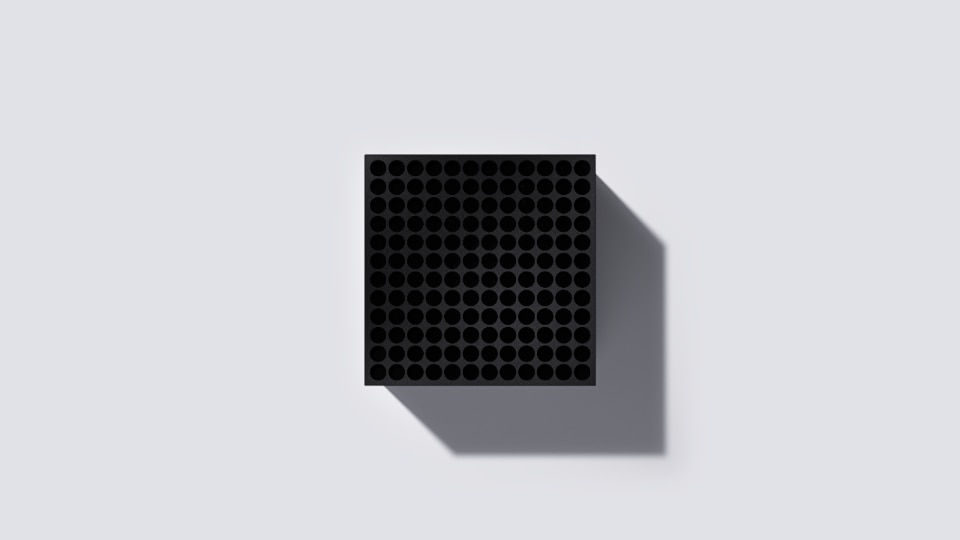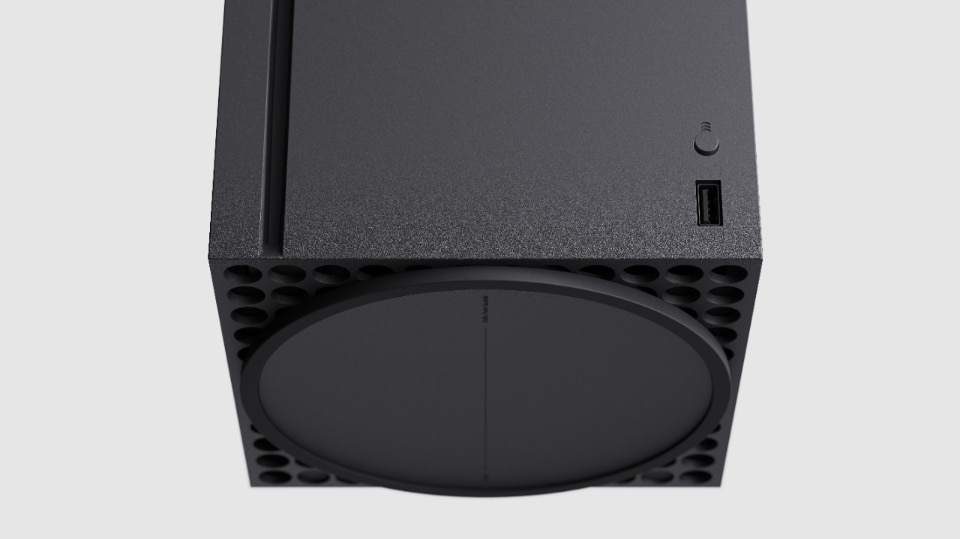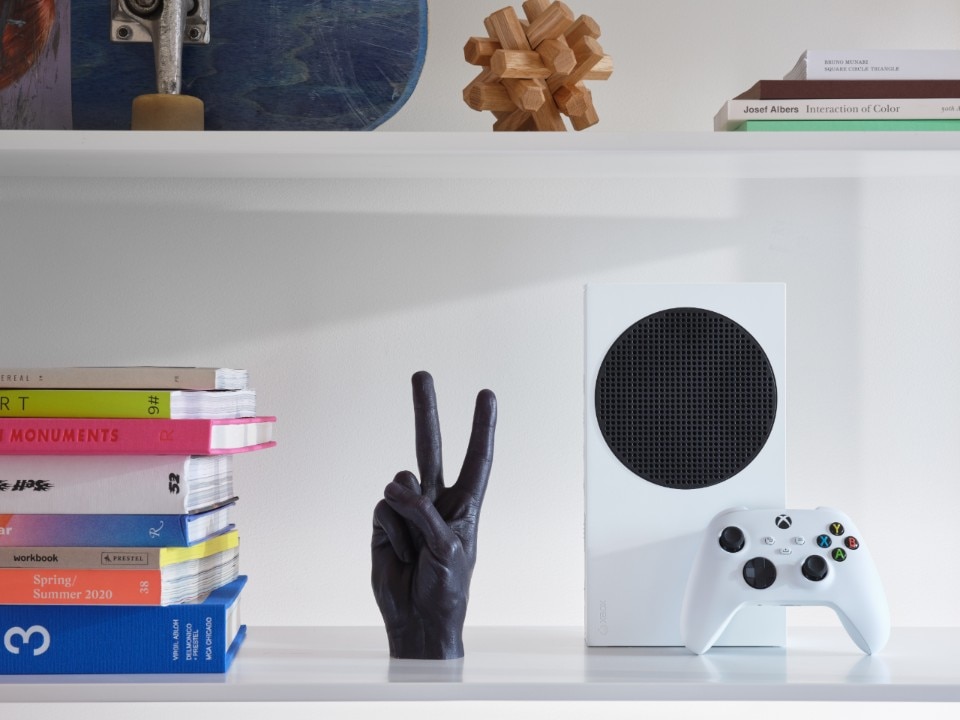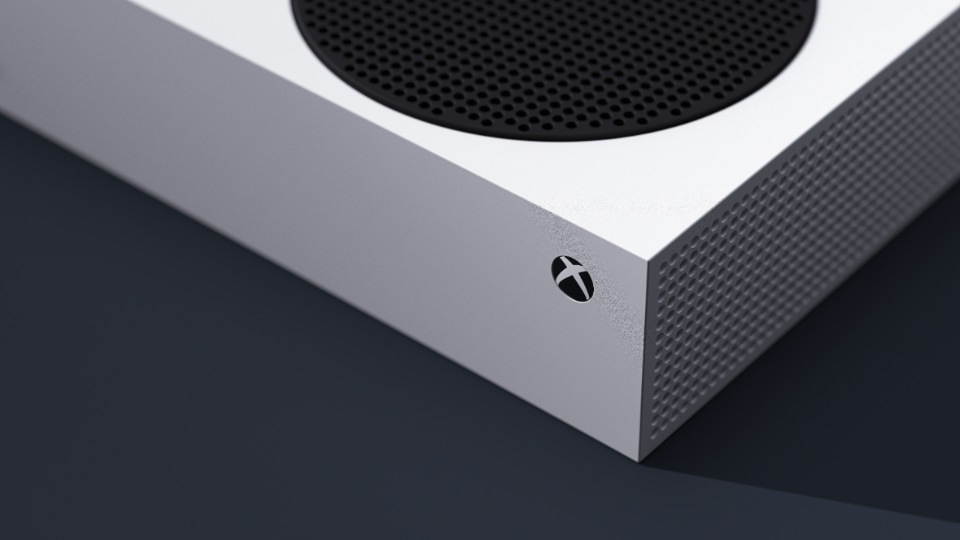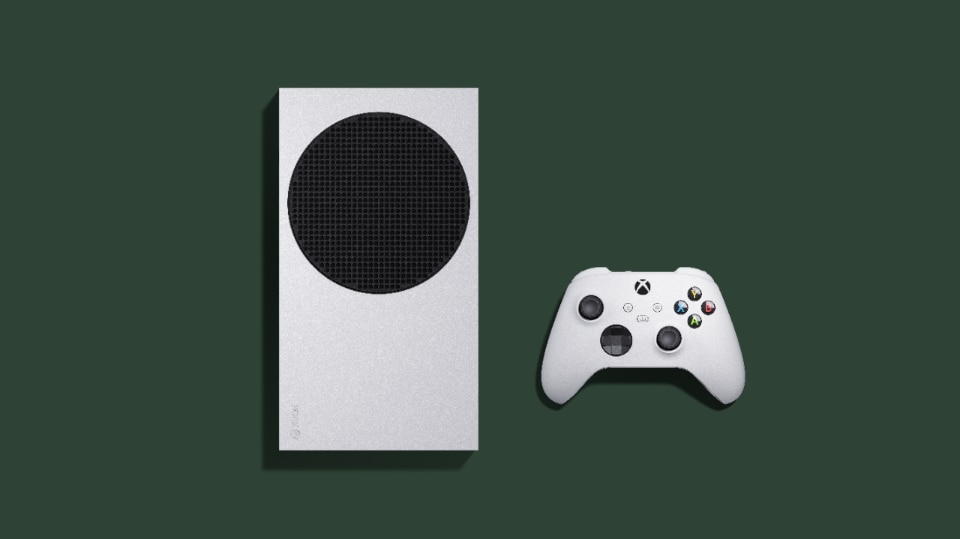Anticipated by various rumors and leaks, whose number raised consistently in the last few weeks, Xbox Series S, Microsoft’s new next-gen gaming console, was revealed with a simple tweet that broke the hesitations. A short video commercial a few hours later revealed the gaming machine’s tech specs, “the smallest Xbox ever”, a slim white box with a circular black grid on the top, echoes Dieter Rams’ ultrafamous minimalist Braun radio RT 20. Series S is set to debut in November with its sibling, the Xbox Series X, a totally different twin, dark and imposing, a tower-shaped device criticized by some for being too much similar to a desktop computer. Compared to the bigger sister, the “S” is – in size, specs, and price - only a slice of it, as it was nicknamed during the development process: “the slice”. They will rival Sony’s two new PlayStations 5, which are also due in November.
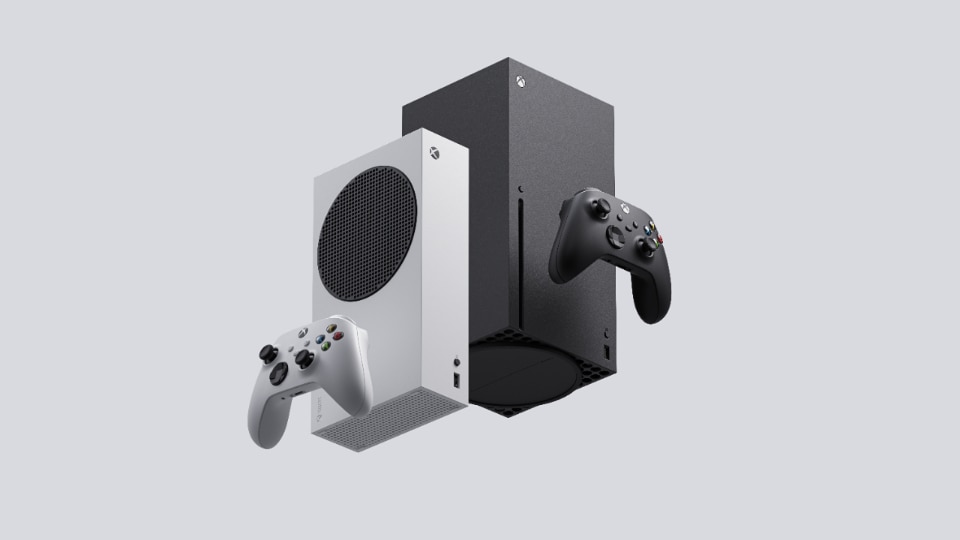
Now that we know both the consoles in their final design, it’s difficult not to recall what Justin McGuirck, chief curator at the Design Museum in London and former director of the Strelka Institute, wrote on Domus when he interviewed the late Richard Sapper back in 2013. In the first part of their discussion, they are talking about Dieter Rams and a meeting that the two German masters of industrial design had in the Nineties. “One was a minimalist who reduced products to seductive shells with their features rubbed smooth, and occasionally gave them nicknames like Snow White’s Coffin. The other, far from hiding the technical nature of these products, revelled in it. His designs were black and boxy, they had sophisticated moving parts, and they wore their technicality on their sleeve”. McGuirck adds that he refrained, on that occasion, from telling Sapper that he pictured one of these design characters as Obi-Wan Kenobi and the other as Darth Vader. Speaking of which, if we continue our navigation in the boundaries of the Star Wars metaphor, it is quite easy to imagine that if the Death Star was a tower, and not a ball, it would look like an Xbox Series X, a gaming console as dark and powerful as Darth Vader in George Lucas' movies. But what’s behind? How did the Microsoft design team work on the next gen Xbox? Chris Kujawski, Principal Design (CK), and Carl Ledbetter, Partner Director of Design (CL), welcomed me with a smile when I invited them in this territory populated by Jedi masters and those of industrial design, but where also dwell martial artists, angry superheroes and, most important of all, millions of gamers.
The resemblance between Series S and Rams’ radio struck me.
CK: It wasn’t our intention to design something that was an homage or that was referential to something else. I think it ended that way for just through our natural design process. The result is something that might feel like a Braun radio. Hopefully we’re coming from the same spirit that those products were designed in, to make it feel appropriate for being at home. We used really great design principles around proportions, using contrast to our advantage – the reason the round grill is black instead of white is because if it were white you would see every single little vent hole here.
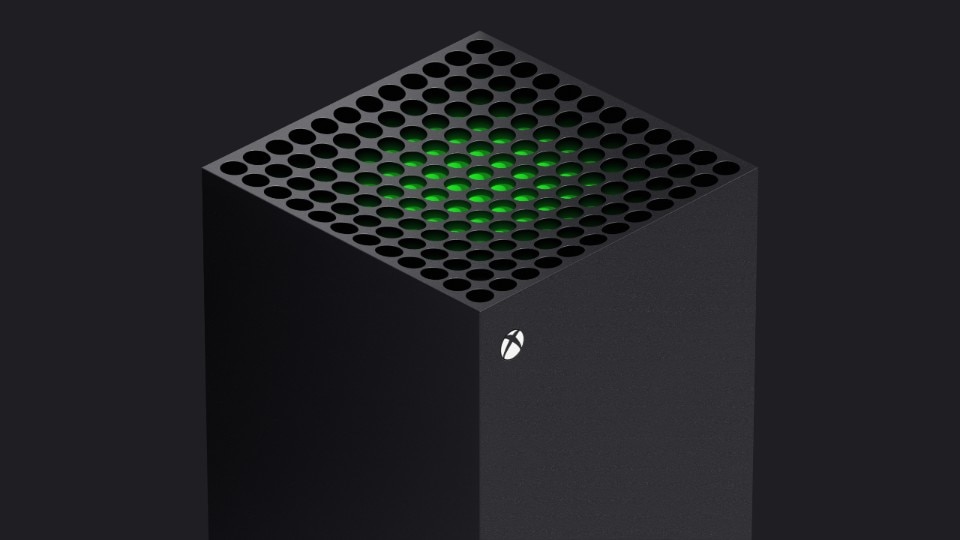
The original Xbox was launched 19 years ago. What has changed in these two decades?
CL: I’ve been involved with Xbox since day one. I had to sit in the room with our partners from Microsoft Japan, who were just completely upset about the first controllers being so huge. And we had to fix it. What’s changed is technology: wireless, simple connectivity, digital games, more powerful processing. From the design perspective, our path has always been about optimizing for two things: comfort in people’s hands and having a console that can be expressive, so that a person can be proud to have it at home, but at the same time that can disappear. We always joke the original Xbox was was kind of like the Hulk, with this big green logo, it was screaming for attention, it looked like like a hood scoop on a truck or something. It was brand new, we needed to call attention for ourself, to stand for being powerful. Next it came the Xbox 360, soft and sculpted: after the Hulk, we had Bruce Lee, refined power.
And now?
CL: It’s less about characters now, we’re just trying to reduce the consoles, to make them beautiful clean objects, that can hold up for many years. And so our aspiration is to create a design that holds up over time.
Everybody expected Microsoft to launch a next-gen console at the end of 2020. Then you launched two, with diverging looks and technical specs.
CL: During the design process, we knew we were creating two consoles based on the same architecture, but with subtle differences. We wanted two products visually different so that they can tell their own story, but they also had to look good together, so the two designs, when you put them together, even though they’re different colors and different shapes, they share the DNA, what we call intelligent geometry. If you go to the history of Xbox, you’ll see we’ve had black consoles and white consoles and we’ve flipped and flopped and and every time we’ve done it was very purposefully.
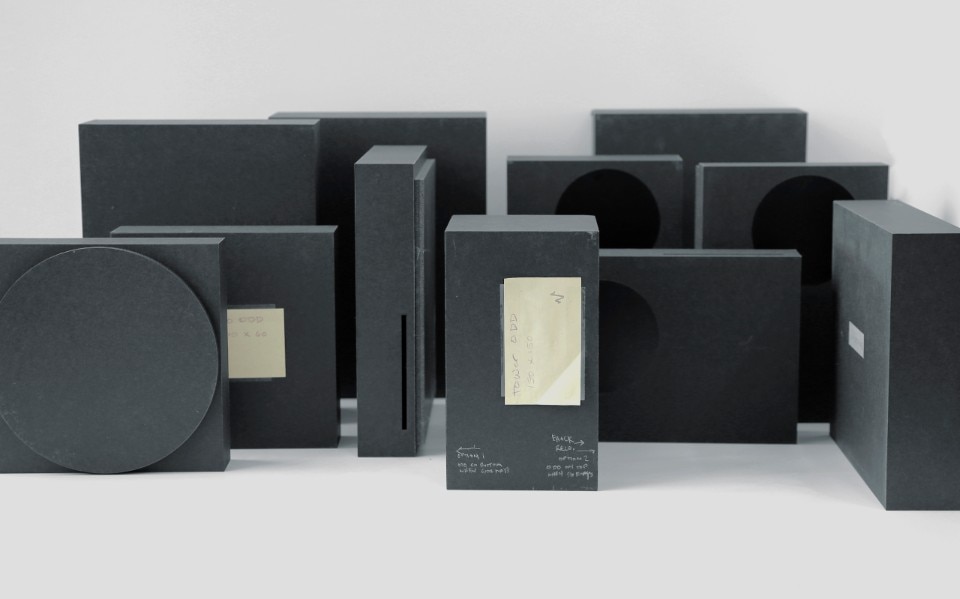
To choose the shape of Xbox series X, you tested models with real users.
CK: In the photo (he shows a picture full of black boxes with different shapes) you can see maybe one third of the total amount of the models. I own this big black Pelican case, Wwhich we used to took the models to a couple of cities. I personally went to Chicago. We brought two form factors to some homes and three to others. The main difference was a tower to a cube or a more traditional console shape. But all those concepts came from engineering explorations. We had an idea of how much cooling capacity we needed within a console.
When you design such a powerful console, ventilation is a critical element.
CK: There are several ways to do that, a blower type architecture or axial fan, and those both result in very different types of shapes. The chip generated so much more heat it would have to be significantly larger than the current Xbox One, in that form factor.
The tower-shaped Xbox Series X doesn’t look like your usual gaming console, does it?
CK: We were excited about this tower form factor that we ended up, but also nervous about because it was very different. The business and marketing folks were nervous about it as well, but when we got this feedback that people liked it and it felt next-gen so much more than a more traditionally shaped console, we decided to do something really new.
Why black?
CL: When we launched the very first Xbox it was at the time the most powerful game console ever. And here we are again, you know, 19 years later creating the most powerful console. And so we went with black color because it is an expression of power, it’s mysterious, and introducing some green elements it was how do you breathe the soul of Xbox into the product. With the series S everything was a little more fun, more casual, more playful.
Let’s talk about Series S. X had to be ultrapowerful. And for the S, what was the design challenge?
CK: To make it as small and compact as possible.
CL: The natural path for humans is a is a path of least resistance. People want to do what’s easy. We have seen over the past years people gravitating to digital formats, it’s so easy, you can just sit in your chair, click the button, download the game, you don’t have to run to the store and get your disk and we’ve seen how this is just grown. The challenge was to design this product to be truly next-generation without the disk drive, like a breath of fresh air, we wanted it super thin, but we also needed to make it affordable.
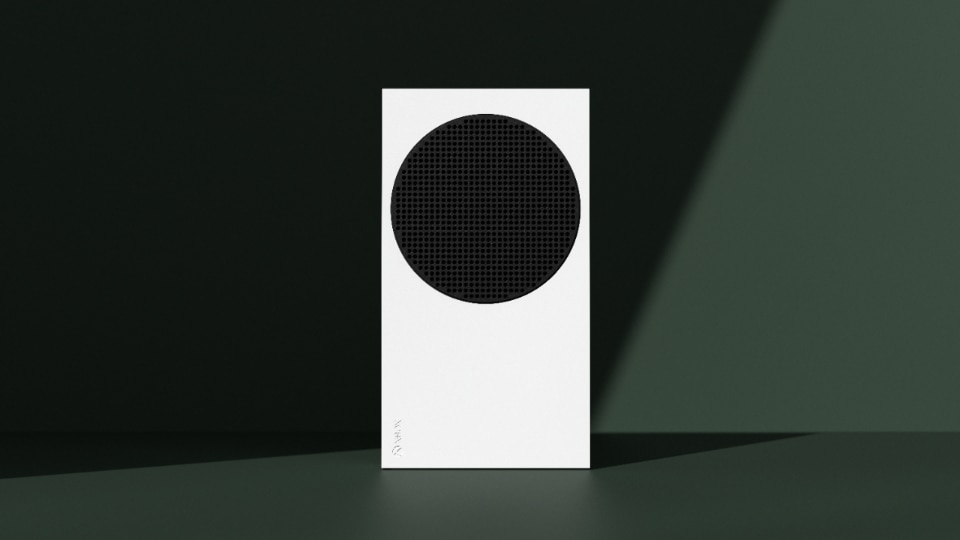
For the S, you also focused on portability.
CK: When we went out to customers’ homes and talked about how they use the products, we discovered that many people move it, even within their home. I wouldn’t call that a direct inspiration, but I I think we can enable a lot more opportunities. Portability wasn’t a main driving factor to making it small, there’s a lot of other benefits to that as well, but it’s for sure a nice thing to have in it.
Xbox was born as a gaming console. Today is a gaming system, an app, I can play my Xbox games on my Android phone with the xCloud streaming service. On my laptop, or my home console, I can download games with Xbox Game Pass, that’s like a Netflix of gaming. I can imagine to stream games there too, in the near future. Do consoles as physical objects still make sense of existing, will there be new ones in the future or can we think they will disappear?
CL: Consoles are so optimized. You turn them on and play your game. That’s amazing. But xCloud is super exciting for the future. It’s not perfect yet, but every single day we have hundreds of people who are just working on that, and it’s super powerful. The idea that you can start a game here and pick it up over there and then finish it even in another place it’s just a dream
CK: Xbox stands for more than just a box. Xbox now is a platform, and you can play games anywhere. But the console is the flagship experience. It’s like why people still go to a movie theatre, even when they could still stay at home and stream a movie there.
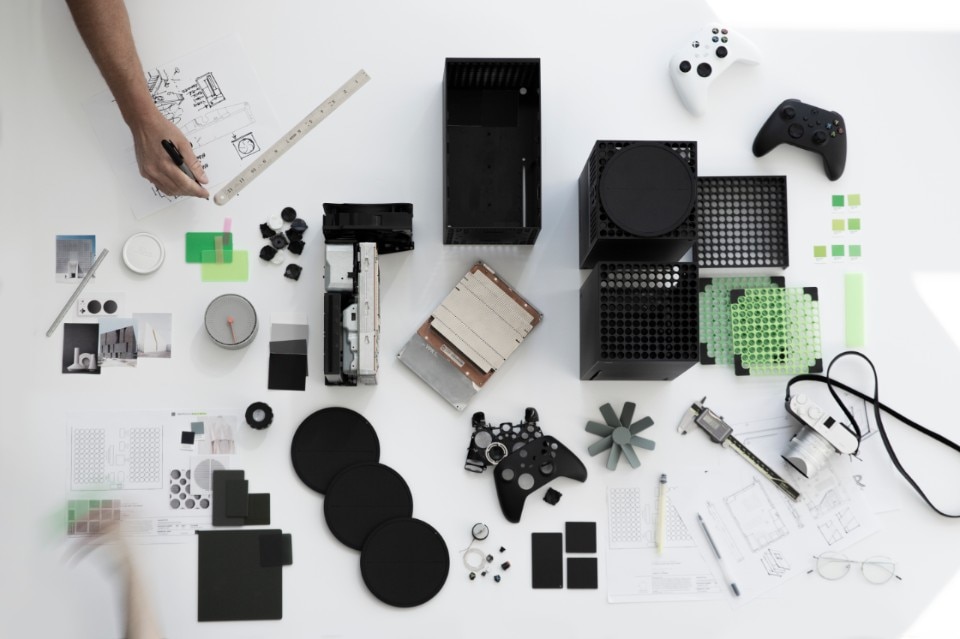
All pictures courtesy of Microsoft 2020


